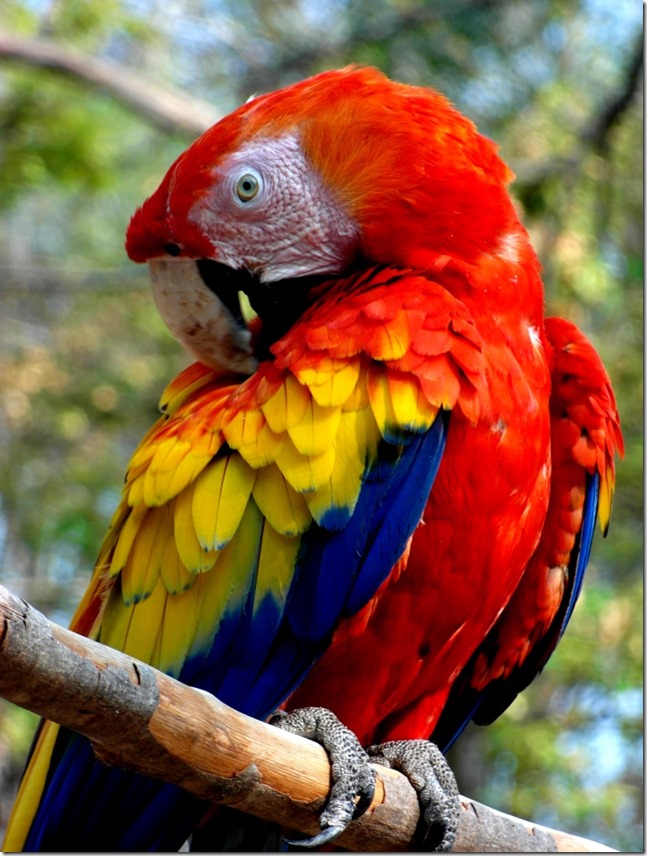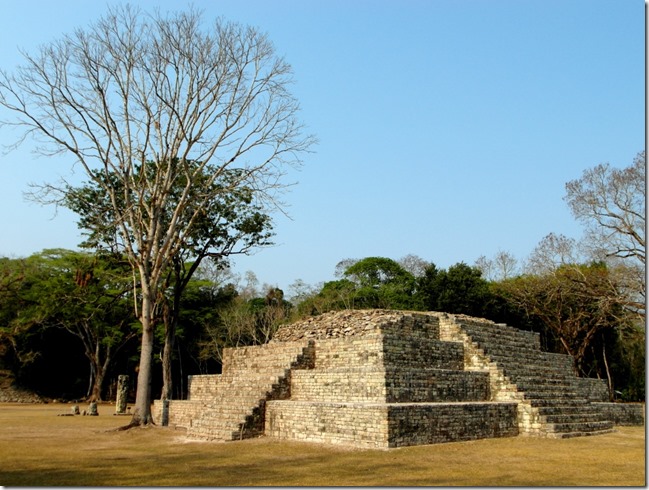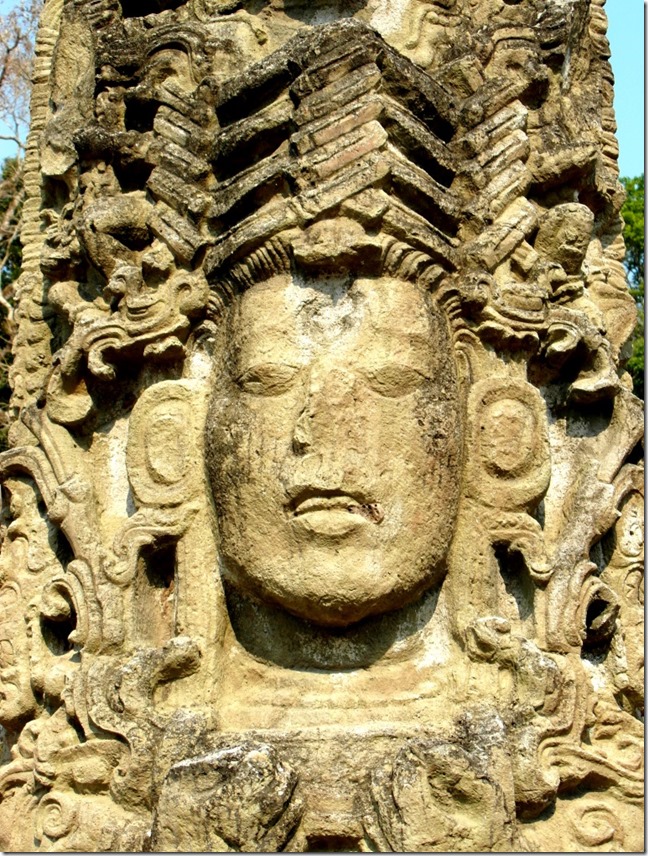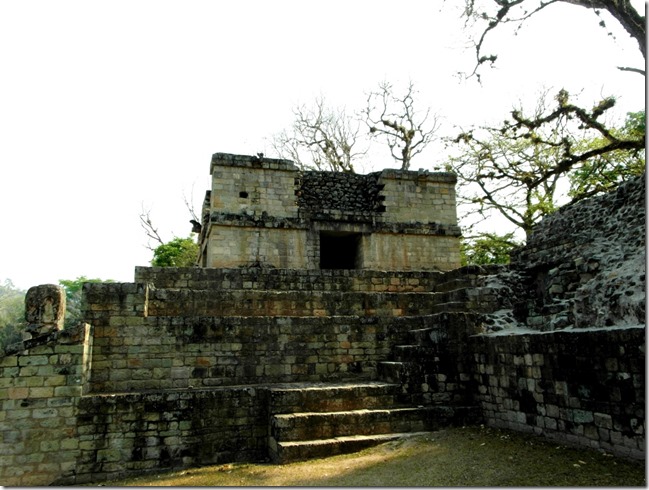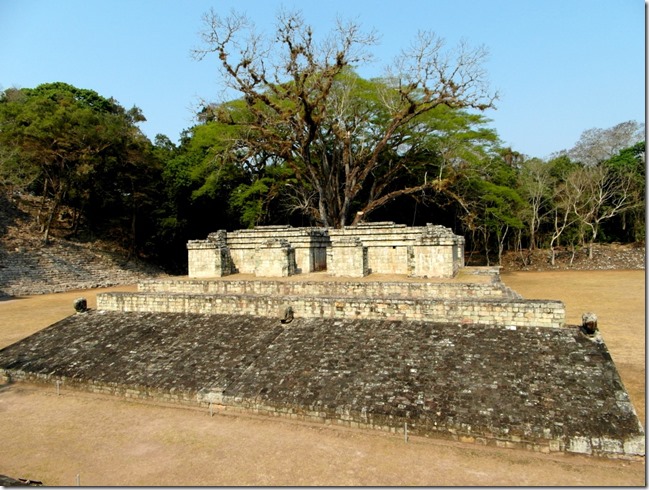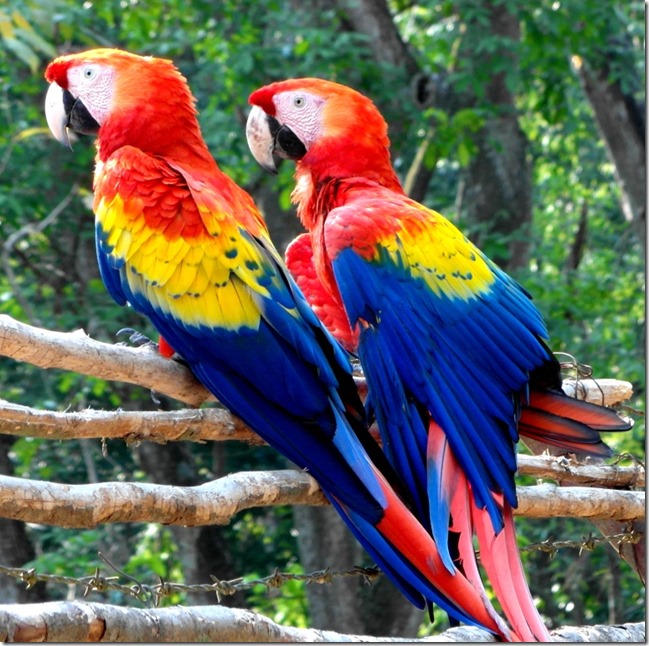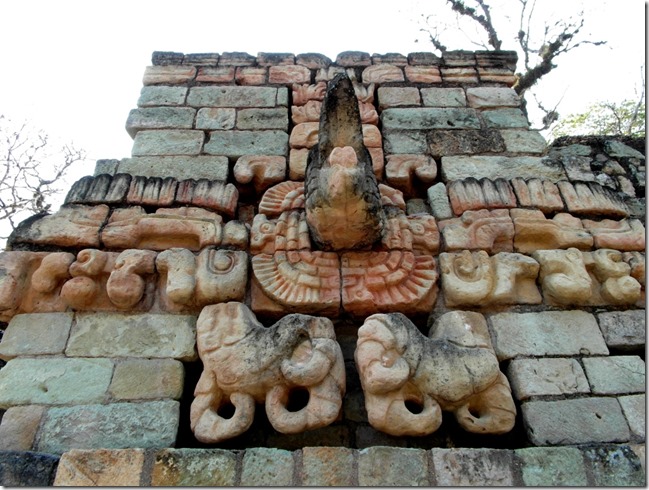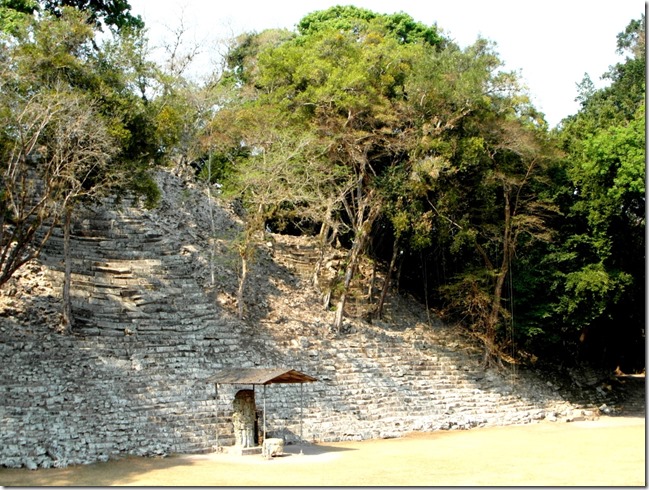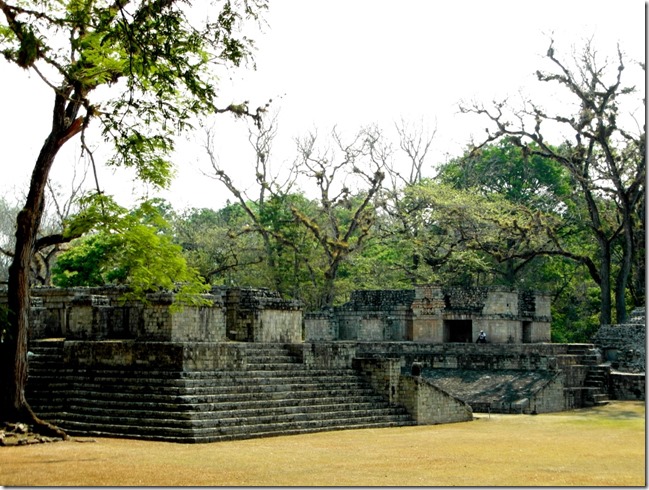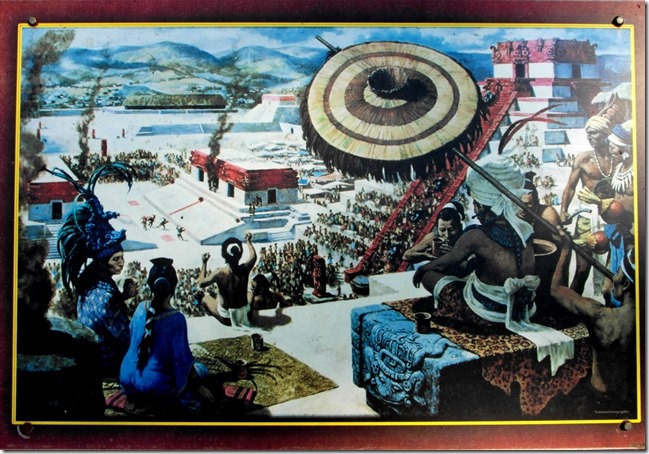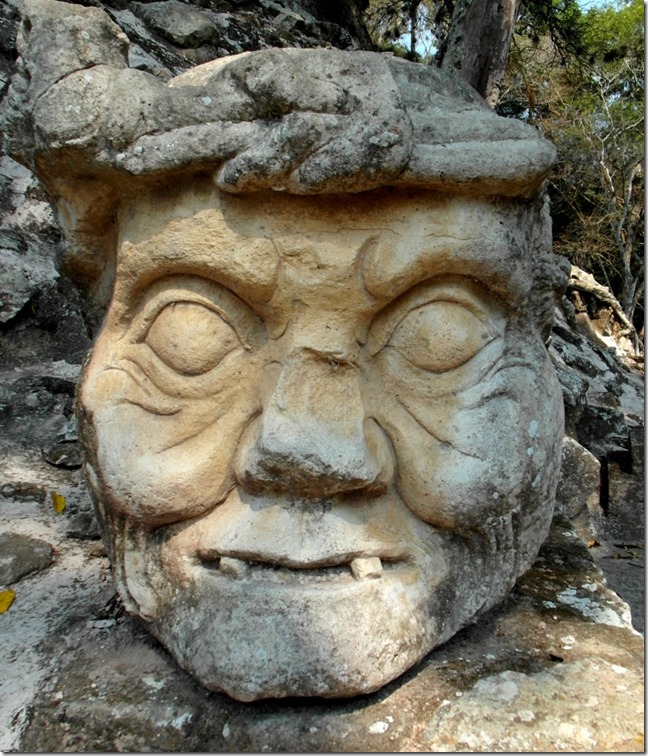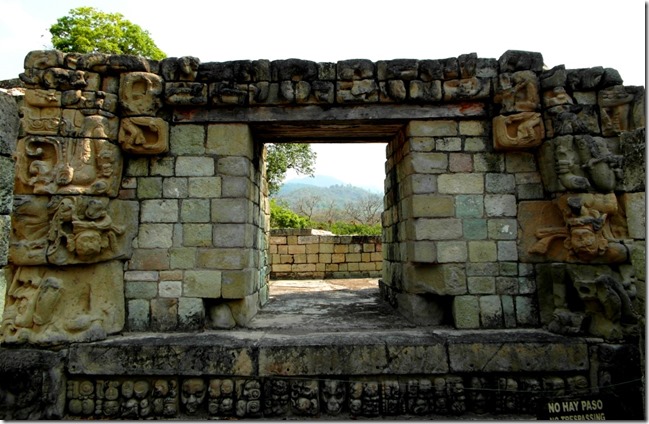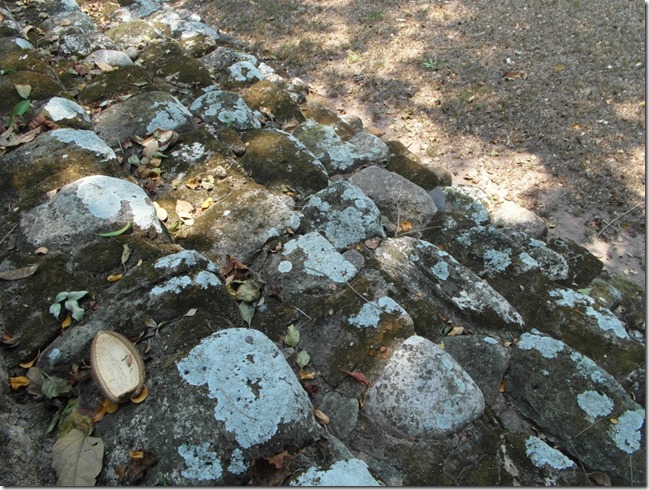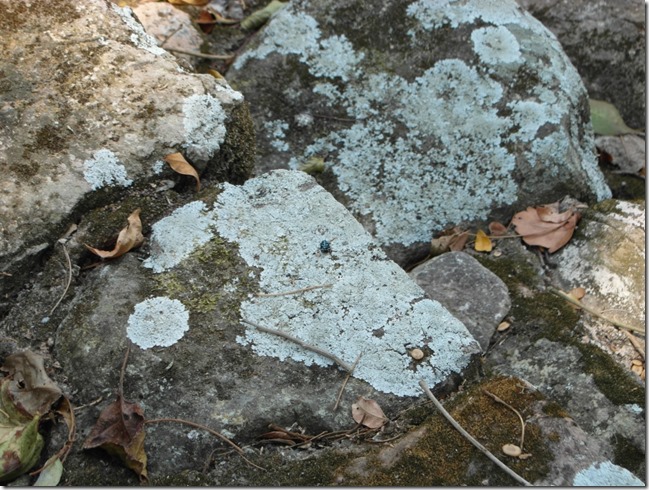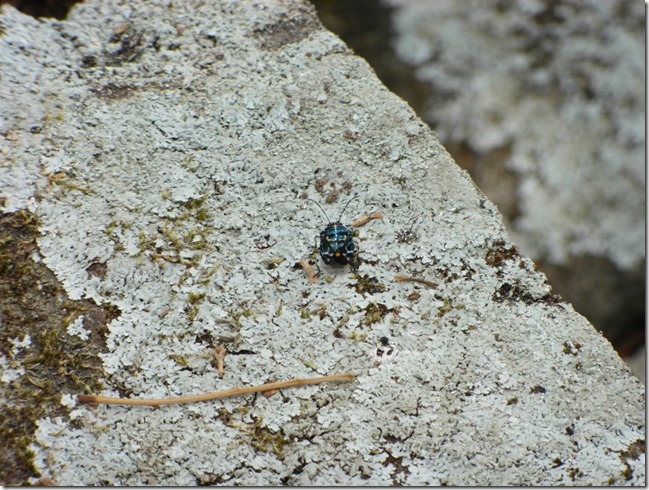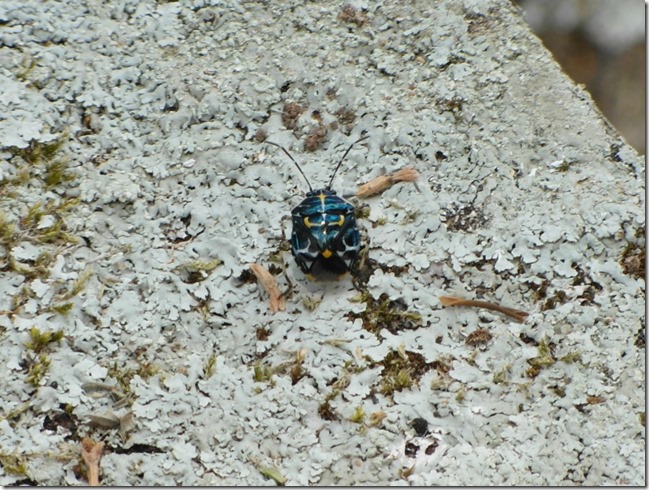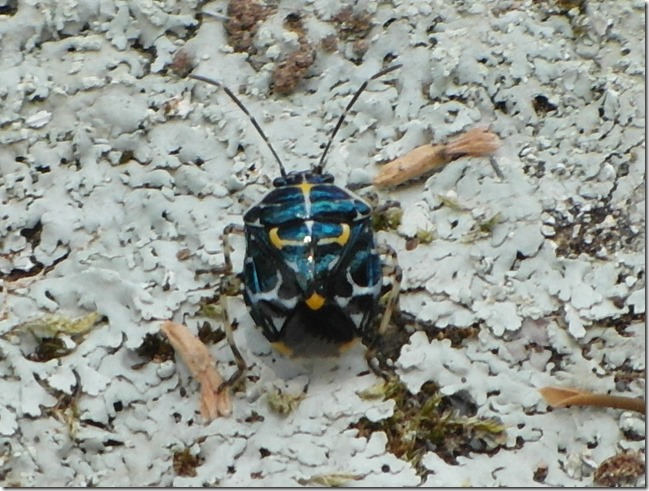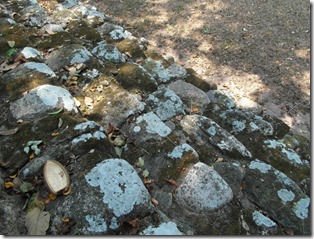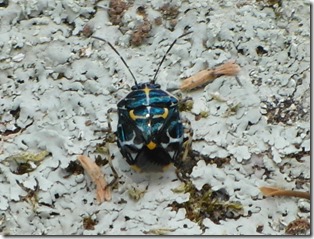I got up early to spend the day exploring the ruins of Copan and then the town itself. The ruins being one of the southern most Mayan civilisations is unique in its preservation although since its discovery and excavation from the jungle about 120 years ago there has been much deterioration due to climate and human impacts. The attempts to separate vegetation and manmade structure after 1000 years of copulation must be a massive exercise and even then, its still hasn’t been entirely possible as can be seen from the pictures below. I spent 4 hours walking around taking pictures notwithstanding the heat. A really beautiful and tranquil place!!
The Macaws that fly around here are all wild..
What everyday life supposedly looked like at the time..
Many people have emailed me over the last couple of years asking what sort of camera I am using for a journey like this because the picture quality is so good, so I have decided to say a few words in this post to show you what my criteria for a Bike travel camera has been. The assumption is that I am carrying a massive DSLR camera but that’s not correct.
Because space is at a premium on a bike I looked for a small, light and rugged compact camera. Insofar as picture quality is concerned, most people lean towards big Megapixels and although this can assist when cropping etc, I find the key lies in the combination of pixels and high optical zoom (the amount a camera’s lens can zoom in) that can be further enhanced with the digital zoom (the amount that you can zoom further into the image once captured). The combination of high Megapixels and a high optical zoom will often provide the versatility to produce fantastic quality images from a compact camera from most of the reputable camera brands like Nikon, Canon, Sony, Pentax etc.
My particular choice for this trip was a Samsung WB850F that came with the above mentioned features of 16.2 Megapixels and 21x optical zoom plus a host of other nice to have features all for roughly R4000! The camera is only about 100mm long by 70mm high by 30mm deep but the lens at full zoom protrudes out about 100mm beyond the 30mm depth of the casing.
The actual captured images are each about 8 megabytes in size providing enough pixel intensity to enable me to crop and rotate images in order to extract the best of the picture. Thereafter, I usually compress the picture to about 300-500kb for purposes of posting it to the blog.
Here is an example of the Optical zoom and then the digital zoom. Note that these pics have already been compressed for the sake of the blog and therefore some picture quality is automatically lost but you will get an idea of why a high pixel and optical zoom combination provides the ability to produce great shots on the move from a compact and cost effective camera..
The first 3 images are captured using the optical Lens zoom only and without the use of a flash..
0% optical zoom..
50% optical zoom..
100% optical zoom..
Once downloaded to the computer, you can further crop and zoom in using the digital zoom and this is when the high volume of pixels and optical zoom starts to count..
100% optical zoom PLUS 50% digital zoom..Already compressed to about 500kb for purposes of the blog and very usable for this medium!!
100% optical zoom and 100% digital zoom and still no pixilation although picture quality has deteriorated to the point that its not desirable to use for the blog. So for comparison..
0% and 100% of 100% using the max optical and digital zooms. The bug was approximately 2 metres away from the camera when the 3 images was captured.
And there you have it, a powerful compact camera will deliver your needs on the move without having to lug around a massive DSLR, but that said, bear in mind that I am not taking professional photos, just ones for my own memory and for a good quality blog.
Tomorrow I leave Honduras and head into Guatemala to another Unesco registered town called Antigua where I will spend 2 nights.

